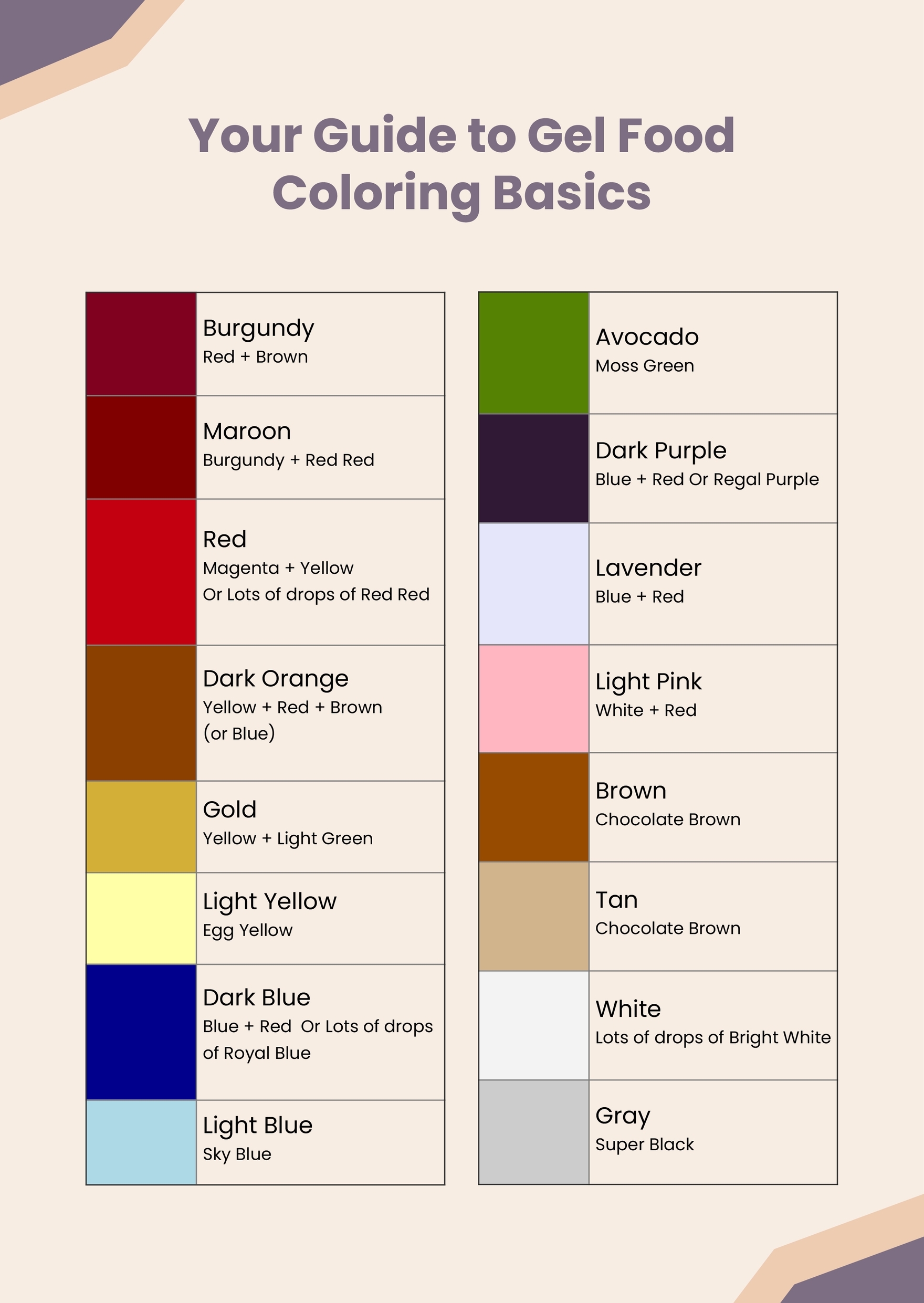Food coloring is a common ingredient used in a variety of foods to enhance their appearance and make them more visually appealing. From vibrant reds and blues to deep greens and yellows, food coloring can transform the look of any dish. However, it’s important to understand what goes into these colorful additives.
Many food colorings are made from synthetic dyes that are added to foods to make them more visually appealing. While these dyes are generally considered safe to consume in small amounts, some people may have sensitivities or allergies to certain artificial colors.
Food Coloring Ingredients List
1. Red 40: Also known as Allura Red, this synthetic dye is commonly used in beverages, candies, and baked goods to create a bright red color.
2. Blue 1: This synthetic dye is often used in cereals, snacks, and beverages to create a vibrant blue hue.
3. Yellow 5: Also known as Tartrazine, this synthetic dye is used in a variety of foods, including desserts, snacks, and condiments, to create a yellow color.
4. Green 3: This synthetic dye is used in candies, baked goods, and beverages to create a green color.
5. Caramel Color: While not a synthetic dye, caramel color is often used in beverages, sauces, and baked goods to create a brown color.
It’s important to note that some natural food colorings, such as beet juice, turmeric, and spirulina, are also used in foods to create vibrant colors without the use of synthetic dyes.
In conclusion, understanding the ingredients list of food coloring is essential for those who may have sensitivities or allergies to certain dyes. By being aware of what goes into your food, you can make informed choices about what you consume.
